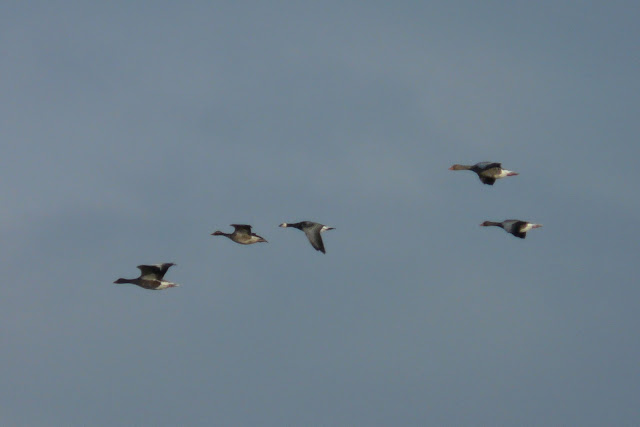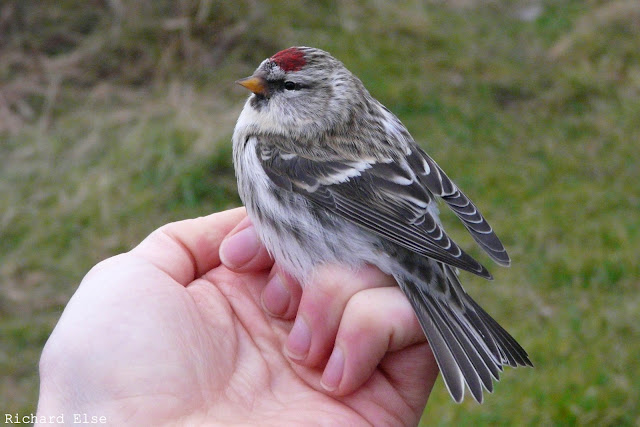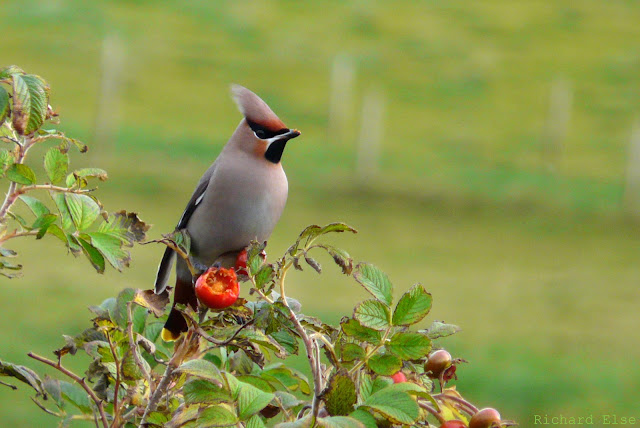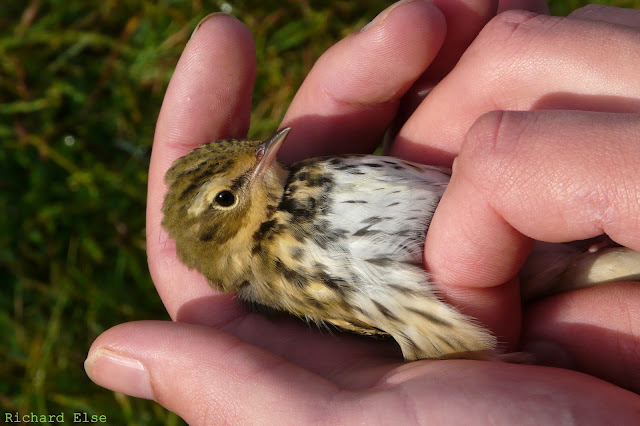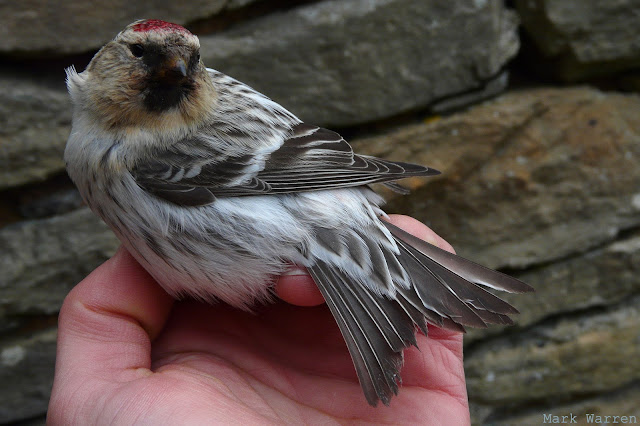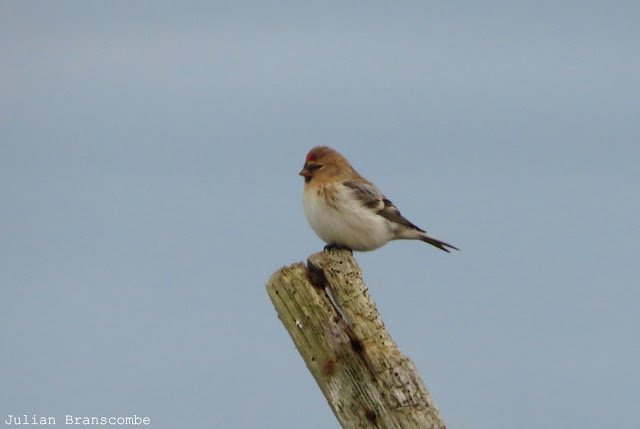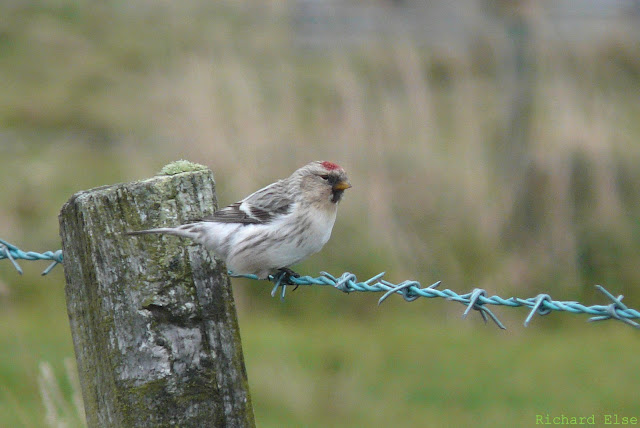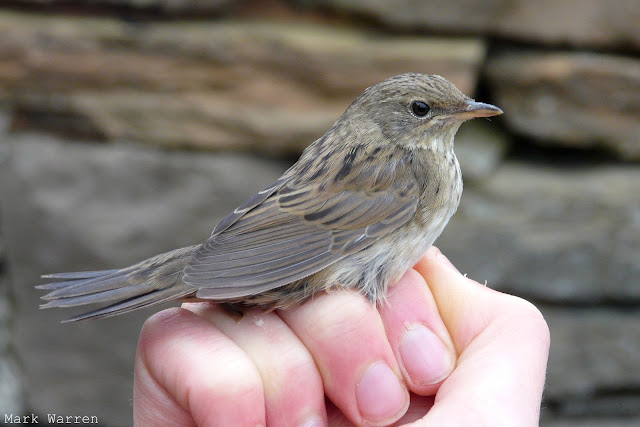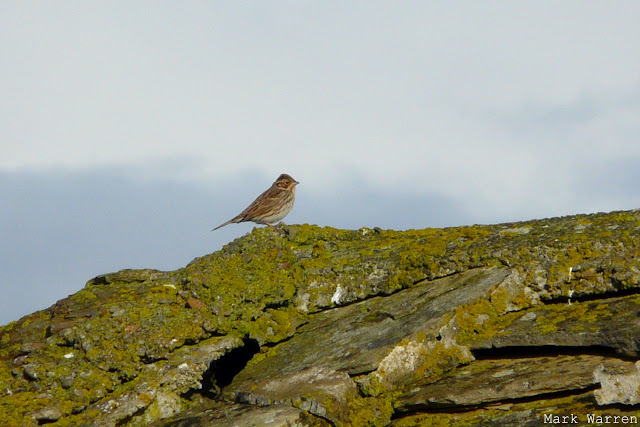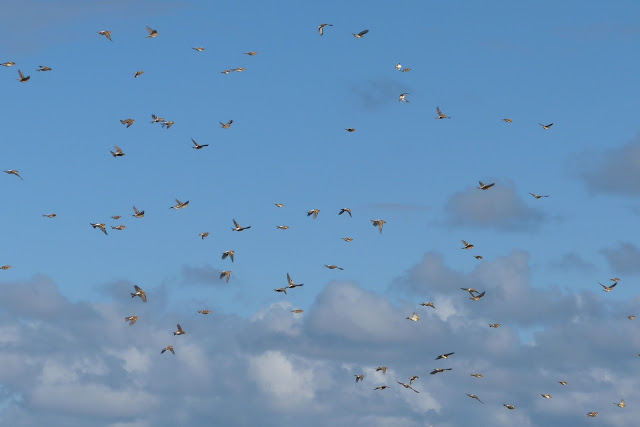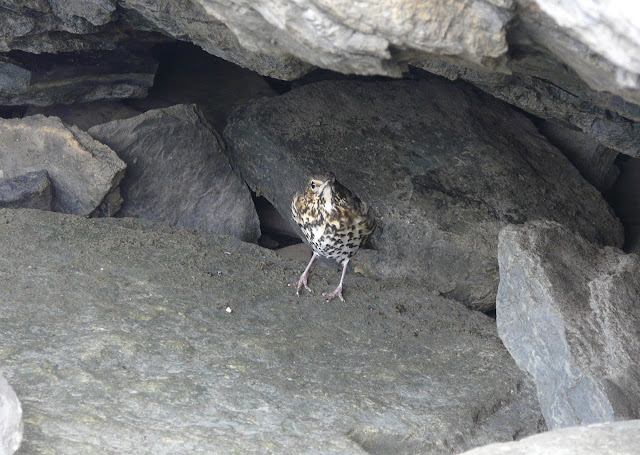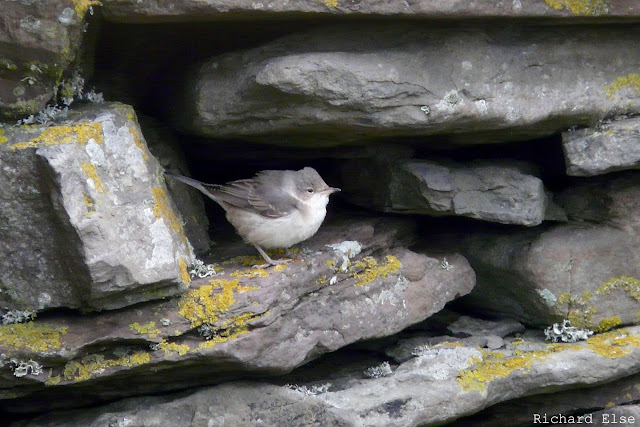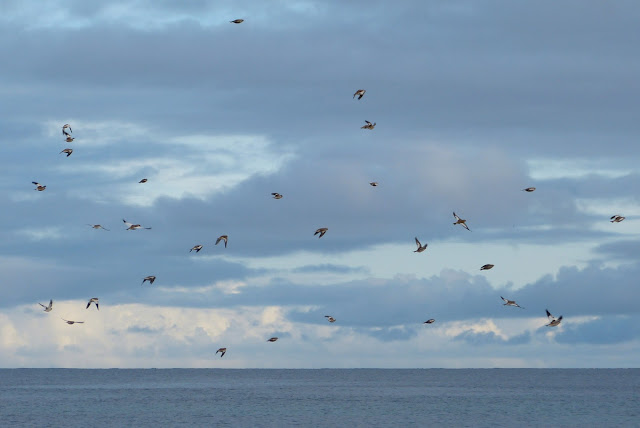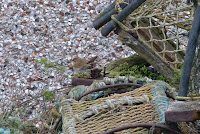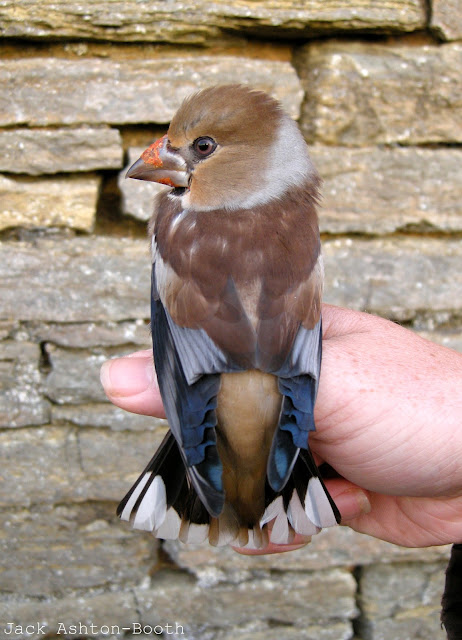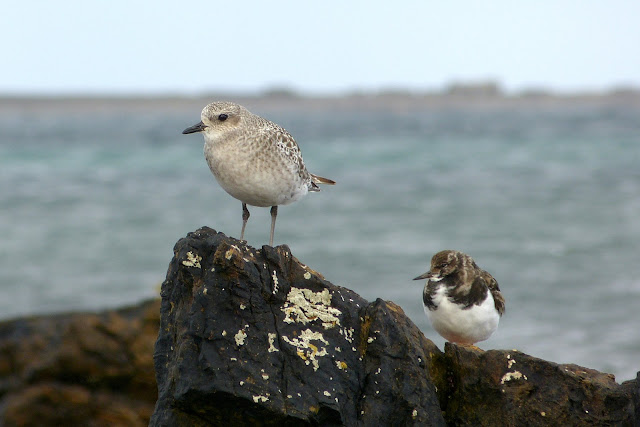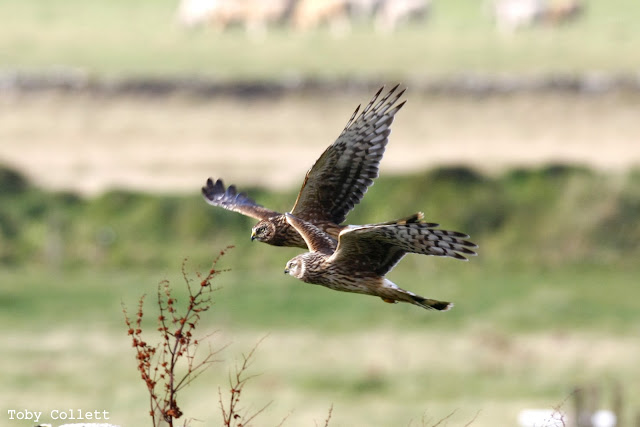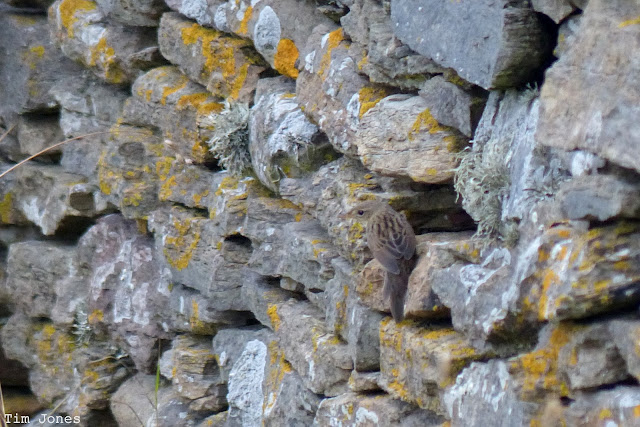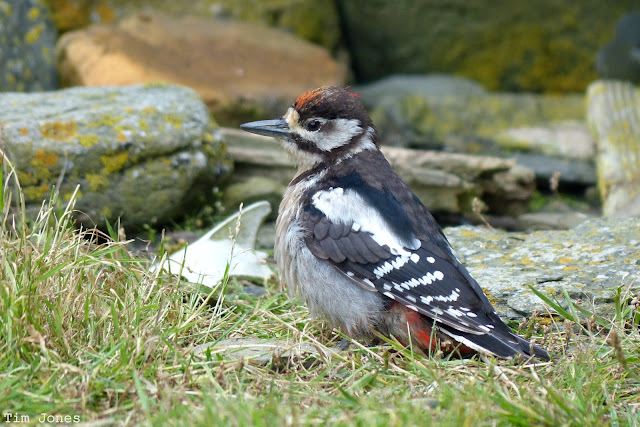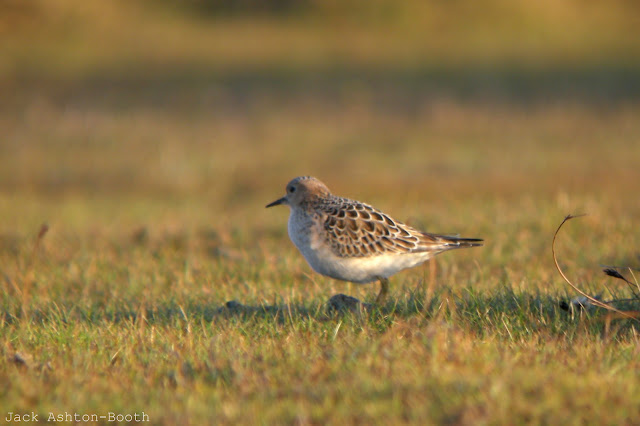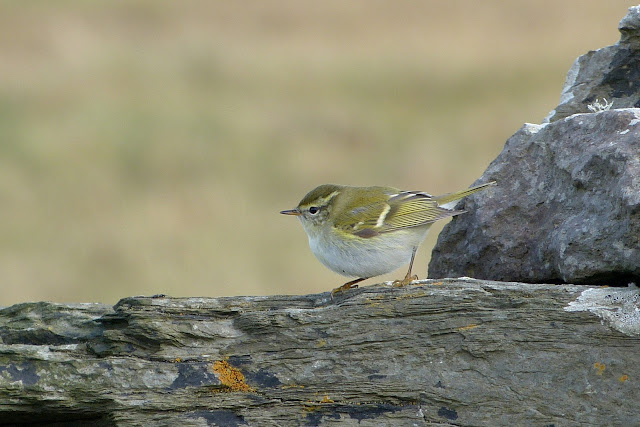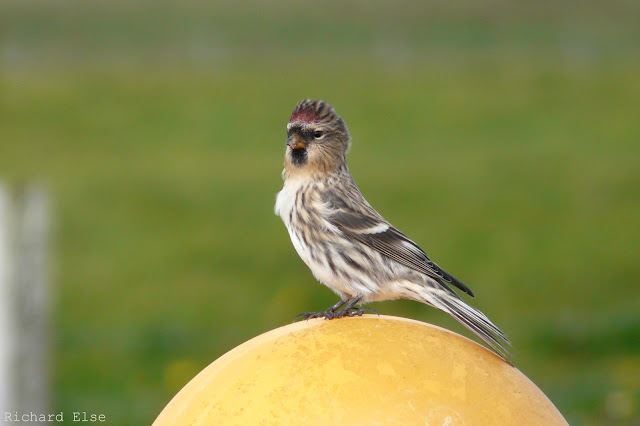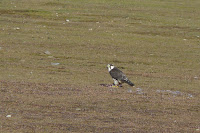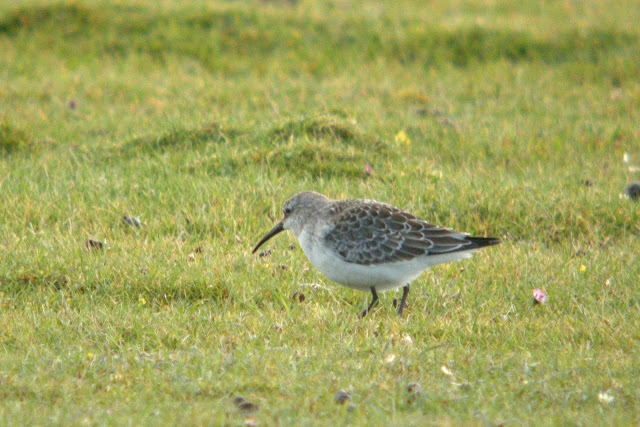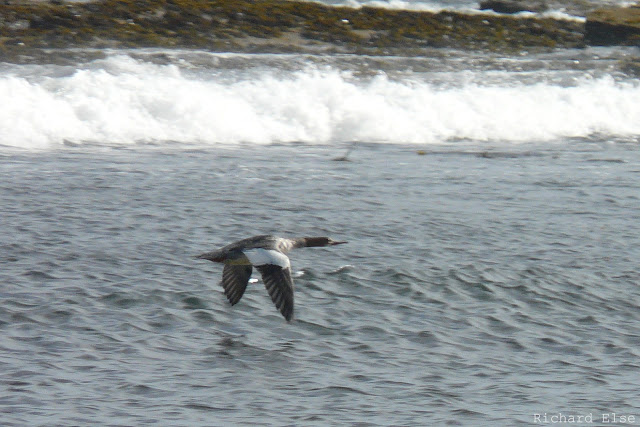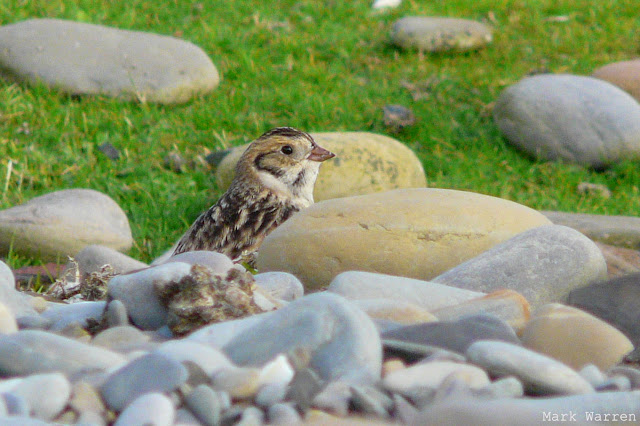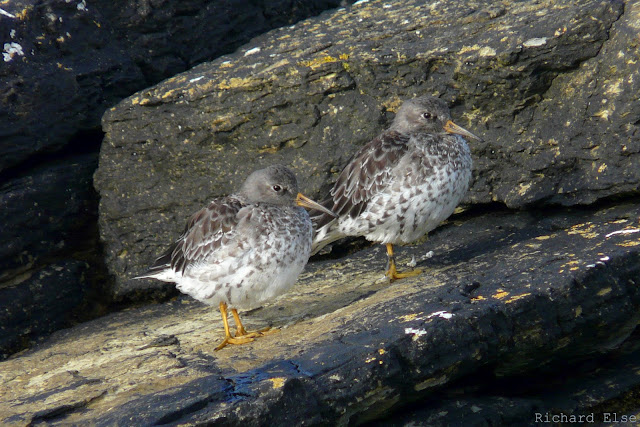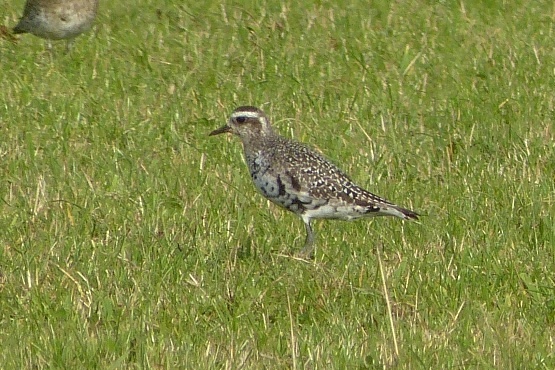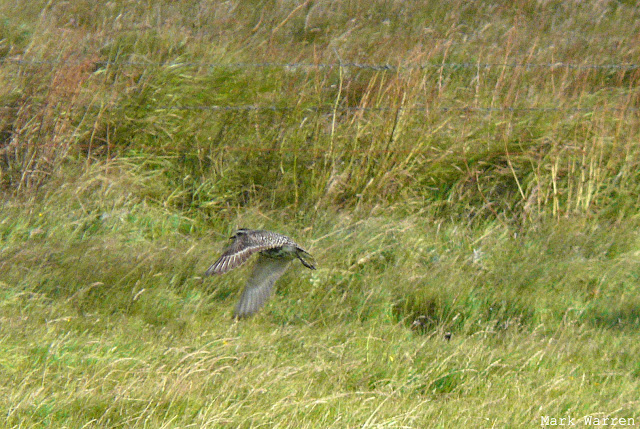Friday, December 21, 2012
Success no surprise
Jeremy Jones says he’s not surprised by the interest he’s received of his stylish portable buildings designed and built locally on the sunshine coast.
Why Should he be?
Any new building that can save us all money and is ready to use as soon as its delivered you can understand why they are selling as fast as he can build them.
Given the current depressed economy, Jeremy Jones, Founder of Steel Trendz Portable Buildings, believes he can make a difference for those families and businesses that require a quality, fast, easy and affordable building solution.
Jeremy’s energy efficient buildings are generating so much interest not only on the Sunshine Coast but all over QLD because his design is modern and classy compared to the traditional box style site shed you see on a construction site.
Steel Trendz Portable Buildings source all their materials from local business. Their factory built modular buildings are constructed to the same building codes as site built constructions. The factory process allows better quality control, less waste, and faster building cycle resulting in up to 50% savings compared to traditional construction. relocatable buildings are common for use as accommodation and liveable sheds, sales office, portable storage etc. For more information, visit the website at www.steeltrendz.com.au
Wednesday, November 14, 2012
The Right Choice of Relocatable Buildings
If you are looking for the relocatable buildings, Portable Accommodation,Modular Building Industry, Portable Cabins, Anti Vandal Site Accommodation, Modular Buildings And Storage Containers. So please you visit to our business site that presented its at affordable prices. So many our customers have proven the greatness our poducts.
Relocatable Buildings - Product Sites
So instead of just wasting time i figured i should start some research for the upcoming projects so i've found a few useful sites with information on relocatable buildings. Hopefully you get some inspiration from them.
Saturday, November 10, 2012
8th - 10th November
A juvenile Glaucous Gull was the highlight of the 8th, when the only other sightings of note were a Peregrine and a late Wheatear still lingering at the lighthouse. A Waxwing arrived on the 9th along with a Goldfinch, 6 Whooper Swans and an influx of 64 Fieldfares. The Fieldfares increased to at least 206 on the 11th and brought 7 Redwings with them, while 2 Goldfinches and 3 Waxwings were also seen. Birds lingering throughout this period included a Chiffchaff and a Grey Plover.
Wednesday, November 7, 2012
5th - 7th November
Amid a very end-of-season atmosphere, minds began to turn increasingly towards submitting rarity descriptions and writing reports rather than stepping out into the westerly wind and hail in search of whatever rare birds might turn up so late in the year and in such conditions. Nevertheless, there were at least one or two birds to report. A Long-eared Owl was trapped and ringed at Holland House on the 5th, while a Peregrine arrived, the Black Redstart was still there and 13 Waxwings were seen. The 6th had nothing to offer besides a single Waxwing, and even that had gone by the 7th. The Long-eared Owl and 2 Chaffinches were still in the garden and the Greylag Geese were still accompanied by a Pink-footed Goose and a Barnacle Goose.
Barnacle Goose
Sunday, November 4, 2012
4th November
A quiet but very pleasant calm day had few new migrants to report. A Black Redstart at Holland House was the highlight, while a minimum of 11 Waxwings were around and a Whooper Swan arrived. There was a new Robin and a couple of new Song Thrushes, and lingering species included 3 Redpolls, a Blackcap and a Chiffchaff.
3rd November
There was not a lot of change to report, with continuing Waxwing passage the main event of the day: a count of at least 20 birds was our contribution to the spectacular totals being reported from the Northern Isles. Birds left over from earlier days included a Sparrowhawk, a Blackcap, a Chiffchaff and 2 Mealy Redpolls; fresh migrants included 4 Lapland Buntings, 3 unidentified Redpolls and a passing Little Auk.
Saturday, November 3, 2012
2nd November
Things brightened after a miserable wet morning and a few birds were found to have come in with the rain. The day's total of at least 26 Waxwings was a new record count for the observatory, most of them continuing south without stopping for long. A Blackcap, 2 Chiffchaffs, 2 Chaffinches, 3 Bramblings, a Siskin and 30 Fieldfares were mostly new migrants and both Mealy Redpolls were still at Holland House. A Sparrowhawk, 4 Hen Harriers, 2 Merlins and a Woodcock were also seen.
An unexpected addition to the ringing data sheets was a young Hen Harrier trapped at Westness and found to be already wearing a British ring. The bird was in quite a weak condition - weak enough to be caught by hand, anyway - but had a full crop of food and was able to fly on release.
Thursday, November 1, 2012
1st November
A very calm beginning to the new month brought some pleasant enough birding but still few notable migrants. At least 4 Waxwings were still around, 2 of which were trapped and ringed in the morning, and the previous day's Mealy Redpoll was joined by another Mealy Redpoll and 2 North-Western Redpolls. Other small migrants included a Lapland Bunting, a Brambling and a flock of 36 Snow Buntings arriving over the sea from the north. A Little Auk was the highlight of a seawatch, while a Common Scoter was swimming offshore and a count of at least 249 Eiders indicated a build-up of the species. Purple Sandpipers, also increasing in number, reached 140 birds, and further sightings included 3 Merlins, 2 Peregrines and 2 Hen Harriers.
Mealy Redpoll
31st October
October went out quietly, fading away without any noteworthy species or falls of migrants as a parting gift. Half a dozen Waxwings were seen (and were probably a different 6 birds to the previous day's batch) and a Redpoll was new. A Chiffchaff, a Chaffinch and 3 Woodcocks were the best of the lingering birds.
Wednesday, October 31, 2012
30th October
Waxwings increased to at least 6 birds but there was still not a lot of movement from other species. A Whooper Swan on Gretchen Loch was new, a Goldfinch was at the observatory and Holland House garden contained 2 Woodcocks, 2 Song Thrushes and a Chiffchaff.
 paid reviews
paid reviews
Waxwing
Monday, October 29, 2012
29th October
At least a couple of Waxwings were seen at Holland House in the morning. A Peregrine, a Song Thrush and a Robin were the best of the other new migrants and the American Golden Plover was back in the fields near the observatory.
The rose hips at Holland House garden provide an attractive source of food in an environment devoid of supermarket car parks, fast food outlets and other optimum Waxwing feeding habitat.
Sunday, October 28, 2012
28th October
A good passage of Kittiwakes past the seawatching hide totalled 1,357 birds in 3 hours of recording, while other highlights from the session were 6 Little Auks, a Pomarine Skua, 3 Common Scoters and 7 Sooty Shearwaters. On land, a Waxwing at the observatory was the only really notable sighting.
26th - 27th October
A couple of cold days produced little of note between the frequent hail showers. A couple of Sooty Shearwaters past the seawatching were the highlight of the 26th. The 27th had spells of less unpleasant weather but few birds. A Goldfinch and 3 Bramblings were around Kirbist, the flock of Greylag Geese still contained a Barnacle Goose and a Pink-footed Goose, and the American Golden Plover was still present.
Friday, October 26, 2012
25th October
Cold with a blusterly north wind, the general absence of migrants and chilly conditions heralded the impending onset of winter. A Ring Ouzel and a Garden Warbler were the best new migrants as the majority of other thrushes and warblers departed.
Wednesday, October 24, 2012
24th October
News of mega migrants from the east on nearby islands inspired a little extra hope on the census rounds, but there was really very little to live up to expectations. A Crossbill and a late Great Skua were just about the only new birds of note, while a Goldfinch and the American Golden Plover were the only noteworthy birds remaining from earlier days.
23rd October
The first live Waxwing of the year was perhaps the highlight of a generally quiet day, although notable lingering birds still included the Olive-backed Pipit, a Yellow-browed Warbler and the ever-present American Golden Plover. Commoner migrants were still scattered around: thrush counts came to 89 Fieldfares, 87 Redwings, 49 Blackbirds and 11 Song Thrushes; other passerines included a Goldfinch, 5 Goldcrests, 3 Chiffchaffs and 3 Blackaps; and 2 Hen Harriers, a Merlin and a Peregrine were the day's raptors.
Monday, October 22, 2012
22nd October
A day of topsy-turvy weather went from spectacular early morning blankets of low-lying radiation fog to cloudless, hot T-shirt-only conditions before lunch - and then reverted to fog again for the afternoon. A small number of new birds included the year's second Olive-backed Pipit, which was found in a mist net at Holland House. A couple of Arctic Redpolls were present: the usual ringed bird was still in the company of a group of Twites and a different lone bird was at Senness. The latter bird appears to be another new individual.
Other sightings included a Woodcock, a Lesser Whitethroat, 4 Blackcaps, a Lapland Bunting and a North-Western Redpoll.
Olive-backed Pipit
Other sightings included a Woodcock, a Lesser Whitethroat, 4 Blackcaps, a Lapland Bunting and a North-Western Redpoll.
21st October
A lot of thrushes and other migrants had cleared out, but reasonable numbers still remained. Notable passerines included a new Yellow-browed Warbler at Westness, a Crossbill, 3 Lapland Buntings, 2 Greenfinches, 50 Bramblings, a Ring Ouzel, 4 North-Western Redpolls and the same Arctic Redpoll. The American Golden plover was still with the Golden Plovers near the surgery.
Another Hornemanni Arctic Redpoll picture - but we'll never tire of seeing these birds up close. In the hand, this individual can be identified as a first-winter male.
And, from the opposite end of the Dulux redpoll chart, this large and dingy North-Western specimen is probably a Greenlandic Rostrata bird.
Saturday, October 20, 2012
20th October
A decent arrival dominated by thrushes also included a variety of other species. The pick of the bunch was the autumn's second Red-breasted Flycatcher seen from the observatory windows as it flitted around the patio in the afternoon. The first Yellow-browed Warbler for more than a week and a Crossbill were the other highlights, while the American Golden Plover and the (first) Arctic Redpoll were lingering rarities. Much increased numbers of Fieldfares and Redwings were seen in the morning before many of them departed later in the day; 3 Ring Ouzels were also seen and other species arriving in numbers included 20 Lapland Buntings, 80 Snow Buntings and 67 Bramblings.
Red-breasted Flycatcher
19th October
Redpolls provided most of the day's highlights. The Hornemann's Arctic Redpoll was back at Holland House in the morning and 5 Mealy Common Redpolls were seen during the day. When a Hornemann's Arctic Redpoll was found in the yard at Holland House in the evening it was a surprise to see that it was clearly a different, less heavily streaked bird to the lingering individual. An exanimate addition to the year-list came in the form of a Waxwing that was found after it collided fatally with the surgery window. The only other notable species seen were a Goldfinch, a Peregrine, 2 Hen Harriers and the long-staying Black Redstart.
The new Arctic Redpoll was a particularly fine specimen.
Thursday, October 18, 2012
18th October
A similar selection of birds remained, with the Arctic Redpoll and the Little Bunting both still showing well in the Kirbist area and the Slavonian Grebe reappearing in Linklet Bay. A Long-eared Owl at Cott was probably a fresh migrant but other newcomers were thin on the ground. Thrushes numbered 4 Ring Ouzels, 100 Blackbirds, 12 Fieldfares, 87 Song Thrushes and 342 Redwings; warblers were represented by a single Garden Warbler, 3 Blackcaps, 4 Chiffchaffs and 23 Goldcrests; and finches included a Mealy Redpoll, 7 Chaffinches and 89 Bramblings.
Arctic Redpoll
Little Bunting
Wednesday, October 17, 2012
17th October
In continuing calm conditions, new birds, though low in quantity, were certainly high in quality. The morning's mist-netting session was just coming to an end when a Hornemann's Arctic Redpoll dropped into the top of the Holland House sycamores. After evading the nets for a short time, it joined a group of Linnets and eventually found its way to the throngs of feeding finches at Kirbist where it spent the rest of the day. Early in the afternoon a Locustella was disturbed from the roadside ditch near the old mill. It was easily ushered into a hastily erected mist-net and confirmed as North Ronaldsay's fourth ever Lanceolated Warbler, arriving less than a month after the third.
Lanceolated Warbler
Hornemann's Arctic Redpoll
The Little Bunting and the American Golden Plover completed the day's rarity line-up. Other sightings included the first Long-eared Owl of the autumn, a late House Martin, a Ring Ouzel, a Mistle Thrush and 4 Greenfinches.
Tuesday, October 16, 2012
16th October
A similar selection of birds was seen during a day of near-perfect calm conditions. The Little Bunting was seen again in the crop fields at Kirbist where it was in the lively company of 140 Bramblings and an assortment of other finches. Goldcrests were scattered all over the island, with 71 counted on census, and a noticeable influx of Rock Pipits took their total to 32; less numerous songbird species included 2 Ring Ouzels, all the commoner thrushes in fairly static quantity, 15 Robins, 2 Wheatears, 3 Dunnocks, 3 Blackcaps, 2 Chiffchaffs, 1 Swallow, 3 Greenfinches, 3 Siskins, 11 Chaffinches and 5 Redpolls (the latter including at least 1 North-Western bird and a Mealy). The 2 Common Scoters and the American Golden Plover were still around, a Hen Harrier and a Short-eared Owl were new birds of prey and a couple of Woodcocks were seen.
Little Bunting
15th October
Plenty of migrants still remained although numbers, particularly of thrushes, were dwindling and immigration was slow. A single Swallow and a Wheatear were lagging behind the rest of their respective kinds, the Yellowhammer and the Whitethroat were both still present and counts of other migrants included 142 Bramblings, 12 Chaffinches, 34 Goldcrests, 1 Chiffchaff, 4 Blackcaps, 9 Robins, 2 Dunnocks, 1 Mealy Redpoll and 1 North-Western Redpoll. A couple of Common Scoters were on Gretchen Loch, a Barnacle Goose was seen and the American Golden Plover was still in the middle of the island.
Sunday, October 14, 2012
14th October
A very pleasant day had plenty of migrant interest and a good window of mist-netting weather. The day's highlights were a new Little Bunting and a Yellowhammer at Kirbist and a Slavonian Grebe in Linklet Bay. Thrush numbers were generally diminished, with counts dropping to 343 Redwings, 102 Blackbirds, 77 Song Thrushes, 14 Fieldfares and 3 Ring Ouzels, but Goldcrests increased to 77 and Bramblings to an impressive 218 birds. A variety of other noteworthy passerines included a Tree Pipit, a Redstart, a Whitethroat, 2 North-Western Redpolls, a (Mealy) Common Redpoll, 2 Goldfinches, 4 Siskins and 4 Lapland Buntings. The first Common Scoter for several months was in Nouster Bay, 6 Woodcocks were seen and 8 Jack Snipe were flushed from boggy areas at Kirbist and Ancum.
The excellent Brambling total included a spectacular flock of around 130 birds in the crop field at Kirbist.
Saturday, October 13, 2012
13th October
Another good day saw migrants continuing to flood in on the strong easterlies, although the species composition was slightly different: Redwing numbers dropped noticeably to around 750, while Blackbirds increased to 260, Song Thrushes to 110 and Bramblings to 179. The bird of the day, joining the year-list much later than expected, was a Grey Wagtail on the west coast; a variety of other small migrants included 2 Goldfinches, a Siskin, 8 Chaffinches, 24 Goldcrests, 1 Willow Warbler, 1 Chiffchaff, 3 Blackcaps, 17 Fieldfares, 5 Ring Ouzels, 11 Robins and a Dunnock. A total of 8 Woodcocks included a bird caught in the observatory Heligoland traps which also unexpectedly trapped a Jack Snipe during the morning. At least 9 Barnacle Geese, 3 Woodpigeons, 2 Short-eared Owls and a late Whimbrel arrived and the American Golden Plover remained as usual.
Friday, October 12, 2012
12th October
The strong easterly winds continued and many more birds arrived during the day. The best of the new arrivals were both at the Observatory early in the morning. The first was a Bluethroat trapped in the newest Heligoland Trap, with another still at Kirbest for its second day. Shortly afterwards a mobile Olive-backed Pipit was found in the same area, although it promptly vanished after giving everyone the run-around for an hour. Other highlights included the first Glaucous Gull of the autumn off Torness and also the first 3 Woodcocks. Redwings again dominated with at least 1016 present while other counts of Thrushes came to 57 Blackbirds, 44 Song Thrushes, 3 Ring Ouzels, 5 Fieldfares and a Mistle Thrush. Also seen today were a Jack Snipe, a Dunnock, 7 Robins, 3 Blackcaps, 4 Chiffchaffs, 27 Goldcrests, 2 Chaffinches and 3 Siskins.
Song Thrush
Bluethroat
Thursday, October 11, 2012
11th October
A touch of east in the wind produced an immediate fall of migrants. As might be expected for the time of year, the vast majority were Redwings, with 668 counted descending upon the Twingness croft in the morning. The year-list finally crept over the 200 mark courtesy of 2 Bluethroats seen on morning census, and other notable species were a Barred Warbler and 2 Yellow-browed Warblers. The day's other migrants included 8 Song Thrushes, a Lesser Whitethroat, a Chiffchaff, a Willow Warbler, 2 Chaffinches, 9 Bramblings, 3 Goldfinches and 6 Lapland Buntings.
Barred Warbler
Wednesday, October 10, 2012
10th October
There was no sign of the Blyth's Reed Warbler in the morning, but a small number of new birds did seem to have arrived as the wind dropped, backing towards the south-east in the evening. A couple of Lesser Whitethroats, a Garden Warbler and 2 Blackcaps were the only warblers, while a Fieldfare, 6 Redwings, 4 Goldfinches and 10 Lapland Buntings were probably fresh in. The Black Redstart and the Hawfinch were still present, as was the usual American Golden Plover. The first 4 Long-tailed Ducks of the autumn were seen in Linklet Bay and passage seabirds included 375 Fulmars (including a blue one), 18 Sooty Shearwaters, a Manx Shearwater and 500 Kittiwakes. The day's raptors were 3 Hen Harriers, 3 Merlins and a Peregrine.
Plenty of Snow Buntings have been around lately, with counts exceeding 200 birds on some days.
Tuesday, October 9, 2012
9th October
Just about the only new small passerine migrant of the day turned out to be the rarest for a while. A tricky warbler flitting between piles of lobster pots and patches of canary grass at Vincoin was seen well enough to confirm its identification as NRBO's 12th Blyth's Reed Warbler. This is a new species for the year, but there were two records in both 2010 and 2011.
A decent passage of seabirds comprised 1,720 Fulmars (including 3 blue-phase birds), 33 Sooty Shearwaters, 1 Manx Shearwater, 691 Kittiwakes, 9 Little Auks, a Pomarine Skua and a Goldeneye. At least 25 Ravens toured the island during the morning, 5 Whooper Swans were on Gretchen Loch, the Hawfinch and the American Golden Plover were still present and a couple of Song Thrushes were seen.
8th October
A long-awaited Red-breasted Flycatcher, discovered in Holland House gardens late in the afternoon, was the welcome highlight of a windy and wintry day. A flock of 11 Whooper Swans and 6 Redwings were just about the only other new migrants, but lingering birds included the Hawfinch, the Black Redstart, 2 Blackcaps and the American Golden Plover.
Monday, October 8, 2012
6th - 7th October
More westerly winds meant a return to the drought of new migrants. There was nothing of note on the 6th, and the highlights of the 7th were 10 Goldfinches, a new Hen Harrier, a Fieldfare and a Redwing. The Marsh Warbler and a long-staying Black Redstart were still present on the 6th; the Hawfinch and American Golden Plover remained for both days.
Friday, October 5, 2012
5th October
A more eventful day was greatly enlivened by a couple of rarer migrants injecting some much-needed excitement into the daily census routine. A Rustic Bunting at Nether Linnay in the morning was a frustratingly brief highlight, immediately vanishing and evading detection during the intensive relocation efforts which ensued. Rather less mobile was a very skulking warbler at Westness that was eventually ushered into a mist net and identified as the autumn's first Marsh Warbler.
The Hawfinch was trapped and ringed at Holland House in the morning, while other small migrants included 3 North-Western Redpolls, a Greenfinch, a Yellow-browed Warbler, a Garden Warbler and 2 Swallows. A couple of Hen Harriers, a Peregrine and 2 Merlins were seen and the usual American Golden Plover remained.
The Hawfinch was trapped and ringed at Holland House in the morning, while other small migrants included 3 North-Western Redpolls, a Greenfinch, a Yellow-browed Warbler, a Garden Warbler and 2 Swallows. A couple of Hen Harriers, a Peregrine and 2 Merlins were seen and the usual American Golden Plover remained.
Hawfinch
Marsh Warbler
4th October
A similarly scanty selection of migrants had little new to offer. The American Golden Plover showed well as usual, a Peregrine and a couple of Merlins were the only raptors and a couple of North-Western Redpolls, a Chaffinch, a Whinchat and 4 Blackcaps were the passerine highlights.
Grey Plovers are surprisingly infrequent visitors to North Ronaldsay. Just this one individual was present today.
Wednesday, October 3, 2012
3rd October
An even quieter day saw nothing more remarkable than 3 Goldfinches. A Tree Pipit, 3 North-Western Redpolls and the long-staying American Golden Plover were also seen.
2nd October
There was still very little overall change, and 3 Crossbills were the most interesting sighting of the day. Other small birds included a Sand Martin, a House Martin, a Black Redstart, a Common Redstart, 2 Tree Pipits and 2 North-Western Redpolls. The Iceland Gull, an American Golden Plover, 4 Jack Snipes and a Short-eared Owl were on the island and 31 Whooper Swans and a Peregrine flew south.
Tuesday, October 2, 2012
1st October
The arrival of October did not bring any immediate change in migrant numbers, just a handful of new birds joining the small collection of non-movers. The most notable of the new arrivals were 2 Sparrowhawks (a species that didn't feature at all during September), 2 Fieldfares, 3 House Martins and the first Iceland Gull of the autumn. The Hawfinch and an American Golden Plover both remained; a count of 38 Rock Pipits was a notable increase; 19 Sooty Shearwaters passed the seawatching hide; and other species included a Redstart, 3 Willow Warblers, a Lesser Whitethroat, 2 Hen Harriers, 2 Merlins and a Kestrel.
Sunday, September 30, 2012
30th September
Some diurnal passage of birds heading south in the morning included 363 Pink-footed Geese, 182 Greylag Geese and a few pipits and Skylarks. A Hawfinch in Holland House garden was the bird of the day and the first one of the autumn, while other passerines included a Black Redstart, 2 Common Redstarts, 5 Tree Pipits, 259 Meadow Pipits and 4 North-Western Redpolls. A distant Large Shearwater sp. was seen from the seawatching hide and a Storm Petrel, a Manx Shearwater and 22 Sooty Shearwaters were the other highlights from a slightly better day of sea passage.
A trio of Hen Harriers were seen again, along with at least 4 Merlins and a Kestrel.
29th September
A quiet day saw mainly just leftovers from earlier in the week. Small migrants included a Yellow-browed Warbler, 7 Tree Pipits, 2 Redstarts, 2 Whinchats, 2 Spotted Flycatchers and 2 Common Redpolls.
Saturday, September 29, 2012
28th September
While most migrants remained in similar or slightly lower numbers, the highlight of the day was a Buff-breasted Sandpiper seen in flight near Bewan Loch, although it could not be relocated on the ground. A couple of Yellow-browed Warblers were the best of the new passerines, and other noteworthy migrant species included 15 Tree Pipits, 4 Redstarts, 5 Spotted Flycatchers, 26 Bramblings, 121 Song Thrushes and a North-Western Redpoll. An American Golden Plover, 3 Hen Harriers and 2 Woodpigeons were all still present.
Thursday, September 27, 2012
27th September
A couple of Little Buntings seen in the morning were in very different locations to recent birds and were likely to be fresh migrants. A Pectoral Sandpiper was the day's other highlight, adding to an impressive tally of the species this year. Passerine migrants were still scattered around the island in reasonable numbers, including 143 Song Thrushes, a Ring Ouzel, 9 Redwings, 8 Redstarts, 2 Whinchats, 12 Tree Pipits, 3 Spotted Flycatchers, 25 Bramblings and 5 North-Western Redpolls. Snow Buntings reached a new high of 151 and 18 Lapland Buntings were seen. And both American Golden Plovers were still here.
Three Merlins featured among a good line-up of birds of prey that also included 3 Hen Harriers, 2 Peregrines, 2 Kestrels and a Short-eared Owl.
Wednesday, September 26, 2012
26th September
The long hours of relentlessly walking the island's walls and ditches finally paid off late in the afternoon, with North Ronaldsay's third Lanceolated Warbler popping up from the edge of a field near Gretchen Loch. In fading light, it showed well for all observers just before tea, sometimes perching in the stonework for long periods.
There were still lots of birds around and new scarcities included another Little Bunting and a Barred Warbler. Song Thrushes numbered 200, with 20 Redwings and the Mistle Thrush also seen. A good selection of warblers comprised 28 Goldcrests, 3 Yellow-browed Warblers, 3 Chiffchaffs, 4 Willow Warblers, 10 Blackcaps, 2 Garden Warblers and 5 Lesser Whitethroats; other small migrants included 13 Tree Pipits, 9 Dunnocks, 1 Robin, 8 Redstarts, 4 Spotted Flycatchers, 1 Pied Flycatcher, 1 Chaffinch, 41 Bramblings, 2 Siskins and a North-Western Redpoll. The 2 American Golden Plovers and the Little Stint were still present and 14 Sooty Shearwaters flew past at sea.
Little Bunting
Tuesday, September 25, 2012
25th September
A fall of migrants concentrated mainly around the south-west of the island, with various autumnal species arriving in larger numbers. Song Thrushes reached at least 125 birds, Goldcrests increased to 26 and 30 Bramblings were counted. The day's rarer birds were a Little Bunting, the 2 long-staying American Golden Plovers, the Buff-breasted Sandpiper and the Great Spotted Woodpecker. New species for the autumn were a Woodpigeon, a Mistle Thrush, 5 Chiffchaffs and 3 Chaffinches.
Counts of other migrants included 12 Tree Pipits, 1 Black Redstart, 6 Redstarts, 2 Whinchats, 1 Ring Ouzel, 16 Redwings, 2 Lesser Whitethroats, 2 Garden Warblers, 2 Blackcaps, 3 Yellow-browed Warblers, 7 Willow Warblers and 2 each of Spotted Flycatcher and Pied Flycatcher. A Little Stint and 5 Jack Snipes were the best of the other waders and raptors included 2 Kestrels and a Hen Harrier.
Counts of other migrants included 12 Tree Pipits, 1 Black Redstart, 6 Redstarts, 2 Whinchats, 1 Ring Ouzel, 16 Redwings, 2 Lesser Whitethroats, 2 Garden Warblers, 2 Blackcaps, 3 Yellow-browed Warblers, 7 Willow Warblers and 2 each of Spotted Flycatcher and Pied Flycatcher. A Little Stint and 5 Jack Snipes were the best of the other waders and raptors included 2 Kestrels and a Hen Harrier.
The Great Spotted Woodpecker was relocated in the sheep pund at Twingness where, in the absence of trees, it was foraging among the crevices in the dry stone walls.
Little Stint
Monday, September 24, 2012
24th September
A long day in the field resulted in a good list of species and many birds dropping in during the afternoon. A long-awaited Buff-breasted Sandpiper was one such latecomer, flying in to land on the west coast after midday. Also new for the year, and the surprise of the day, was the first Great Spotted Woodpecker since 2003 flying south down the west coast. The Citrine Wagtail and an American Golden Plover were still around and Yellow-browed Warblers reached at least 11.
The Yellow-broweds were the most numerous warblers once again, with 9 Willow Warblers, 3 Lesser Whitethroats, 1 Garden Warbler and 5 Goldcrests also recorded. Other small migrants included a Yellow Wagtail (probably a Grey-headed thunbergi bird), 2 Tree Pipits, 1 Black Redstart, 5 Common Redstarts, 1 Whinchat, 2 Robins, 1 Dunnock, 4 Ring Ouzels, 20 Song Thrushes, 6 Redwings, 3 Spotted Flycatchers, 2 Pied Flycatchers, 14 Lapland Buntings and the first Brambling of the autumn. A couple of Hen Harriers, 3 Merlins and a Kestrel were the only raptors.
Buff-breasted Sandpiper
Sunday, September 23, 2012
23rd September
Most of the previous day's migrants cleared out overnight, making way for a small number of scarcities. A Little Bunting near Kirbist was the first for a couple of years, but it soon vanished and couldn't be found again in the afternoon. Later in the day, an interesting wagtail was found at Lenswick: it appears to be a Citrine Wagtail, but does have some minor incongruities that raise questions of eastern flava wagtails or even hybrids. A Turtle Dove near the lighthouse was a new species for the year, the Wryneck was still at Holland House and the day's Yellow-browed Warbler count reached 10 birds.
Counts of passerines included 2 Lesser Whitethroats, 1 Blackcap, 4 Willow Warblers, 1 Goldcrest, 1 Spotted Flycatcher, the Greenfinch, 1 North-Western Redpoll, 20 Lapland Buntings, 1 Song Thrush and 1 Redwing. The Hen Harrier and an American Golden Plover were still present and a Jack Snipe was seen.
Counts of passerines included 2 Lesser Whitethroats, 1 Blackcap, 4 Willow Warblers, 1 Goldcrest, 1 Spotted Flycatcher, the Greenfinch, 1 North-Western Redpoll, 20 Lapland Buntings, 1 Song Thrush and 1 Redwing. The Hen Harrier and an American Golden Plover were still present and a Jack Snipe was seen.
Yellow-browed Warbler
Saturday, September 22, 2012
22nd September
In perfectly calm conditions, a fair number and variety of small migrants meant that September had arrived at last. Scarcities were conspicuously few, but the highlights were a Wryneck and 5 Yellow-browed Warblers. Counts of common migrants came to 10 Lesser Whitethroats, 5 Garden Warblers, 2 Blackcaps, 1 Reed Warbler, 23 Willow Warblers, 6 Pied Flycatchers, 1 Spotted Flycatcher, 4 Whinchats, 116 Wheatears, 2 Song Thrushes, 1 Redwing, 1 Sand Martin and 1 Greenfinch. Other sightings included 4 Whooper Swans, 6 Grey Herons, a Hen Harrier and 2 blue phase Fulmars. The Goosander and the moulting adult American Golden Plover were both still present.
Friday, September 21, 2012
21st September
A handful of notable migrants were found in the afternoon after a calm day perhaps gave them more chance to arrive. The first Yellow-browed Warbler of the year was the highlight, caught and ringed at the observatory at dusk, while a Lesser Whitethroat, a Tree Pipit and 4 North-Western Redpolls were also seen. The Goosander was still present in Linklet Bay and sea passage included 25 Sooty Shearwaters, 14 Manx Shearwaters and a Storm Petrel. A clear influx of Snow Buntings involved at least 85 birds.
The Peregrine continued to show well around the north of the island. The following photos show the head pattern and underparts, both of which look promising as features of a possible Tundra Peregrine.
The recent redpolls have all been of a 'North-Western' appearance, perhaps birds of Icelandic origin.
The Peregrine continued to show well around the north of the island. The following photos show the head pattern and underparts, both of which look promising as features of a possible Tundra Peregrine.
Thursday, September 20, 2012
20th September
Notable species remaining from earlier days included the 2 long-staying American Golden Plovers, the Goosander and the Black Redstart. A couple of North-Western Redpolls, 18 Lapland Buntings and an increase to 49 Snow Buntings were the only other sightings worth mentioning.
This juvenile Peregrine has been present for three days now, and possibly shows some characteristics of the Nearctic form Tundrius. We are looking into this possibility and hope to get more pictures soon.
19th September
There was very little change once again, with long-stayers continuing to provide most of the highlights. Both American Golden Plovers and the Barred Warbler were still around, and a Pectoral Sandpiper was seen at Nether Linnay. A Short-eared Owl and another North-Western Redpoll were the best of the new birds.
Wednesday, September 19, 2012
18th September
The first Curlew Sandpiper of the autumn was among a small number of new birds on another breezy day. Other waders included both American Golden Plovers, a Little Stint and a Jack Snipe. A Barred Warbler at Westness was probably a fresh migrant, while a Tree Pipit was the first of its kind for a few weeks. A North-Western Redpoll and 20 Lapland Buntings were also seen.
Curlew Sandpiper
Monday, September 17, 2012
17th September
A slightly more eventful day began with both long-staying American Golden Plovers being seen together near the observatory. A protracted period of year-list stagnation was finally ended by a Goosander, a very uncommon duck here, flying in to Gretchen Loch and later reappearing on the sea near the old beacon. The highlight of the day, though, waited until the afternoon, when an unprecedented group of 4 Pectoral Sandpipers arrived on the golf course.
The Barred Warbler, Black Redstart and Garden Warbler were all still present, while other passerines included 7 Rock Pipits, 248 Meadow Pipits, 120 Wheatears, 2 Willow Warblers, 2 Redpolls, 11 Lapland Buntings and 17 Snow Buntings. A few geese were on the move again, with 67 Pink-footed Geese and 52 Greylag Geese recorded.
The Barred Warbler, Black Redstart and Garden Warbler were all still present, while other passerines included 7 Rock Pipits, 248 Meadow Pipits, 120 Wheatears, 2 Willow Warblers, 2 Redpolls, 11 Lapland Buntings and 17 Snow Buntings. A few geese were on the move again, with 67 Pink-footed Geese and 52 Greylag Geese recorded.
Goosander
16th September
As winds dropped slightly and rain confined itself to occasional showers, it was nice to see a few new migrants appearing. Wheatears certainly seemed to have arrived in numbers, with 123 counted around the island. A Barred Warbler and a North-Western Redpoll were both at Gravity, the first Black Redstart for about a month was at nearby Antebreck and the Holland House garden contained a Garden Warbler and 2 Willow Warblers. A count of 17 Snow Buntings indicated a small influx and 5 Lapland Buntings were seen. The moulting adult American Golden Plover was seen throughout the day, and was even visible through the observatory windows during the evening meal.
Saturday, September 15, 2012
15th September
There was still little change in overall numbers of birds, but at least a couple of new migrants did arrive on another windy day. A North-Western Redpoll was almost expected given the prevailing wind direction; a Reed Warbler was less so. A Robin and a Willow Warbler were at Holland House, and a count of 65 Wheatears seemed to include a fresh batch of migrants near the lighthouse. A Little Stint was still on the west coast and an American Golden Plover (the other one this time) was nearby.
North-Western Redpoll
Friday, September 14, 2012
14th September
The winds persisted, but brighter conditions made bird census slightly easier. Not that there was much evidence of migration - it's quite a poor September day when not a single warbler is seen here. The only noteworthy passerines were 5 Rock Pipits, 10 Lapland Buntings and 4 Snow Buntings; the best new non-passerines were a Peregrine and a Merlin. Sea passage showed little change, with 4 Sooty Shearwaters and 2 Manx Shearwaters passing the hide in 2 hours. Around 1,500 Golden Plovers were counted, and an American Golden Plover was still among them.
13th September
Strong winds with rain for most of the day were mostly responsible for a very scanty list of sightings. Both American Golden Plovers and 2 of the Little Stints were still in residence, 9 Lapland Buntings were seen and 2 Willow Warblers were at Holland House.
After dark, the rough weather prompted the autumn's first major effort at nocturnal wader ringing. A total of 39 birds were caught (by 'dazzling' with a torch and hand net), including a Little Stint, a Pink-footed Goose and an Arctic Tern among the more usual species.
After dark, the rough weather prompted the autumn's first major effort at nocturnal wader ringing. A total of 39 birds were caught (by 'dazzling' with a torch and hand net), including a Little Stint, a Pink-footed Goose and an Arctic Tern among the more usual species.
Thursday, September 13, 2012
12th September
A Black-tailed Godwit trapped in the middle of the night was only the second of its kind ever to be ringed here. With daylight came just about nothing new to report, but a good quality selection remained from earlier days: both American Golden Plovers were still around, along with a Pectoral Sandpiper and the 3 Little Stints; a Willow Warbler was the only warbler of any kind; and 4 Lapland Buntings and a Snow Bunting were seen.
Lapland Bunting
Wednesday, September 12, 2012
11th September
Sadly, anticipative morning census rounds found no trace of the previous day's transient Tringa, that particular yellow-legged cherry having clearly departed without any offer of a second identifying bite. C'est la vie.
But, on the bright side, a growing collection of its compatriots was still around: both American Golden Plovers remained, bird 1 mingling with the hundreds of plovers by the main road, bird 2 preferring the comparative solitude of the west coast; and Pectoral Sandpipers, too, achieved plurality with a new bird appearing at Hooking in addition to the lingering individual on Gretchen Loch. With shorebird stars and stripes arriving in such profusion, it was hard not to feel just slightly cheated when 3 tiny waders on the west coast turned out to be all 'just' Little Stints.
The recent dearth of passerine migrants was alleviated very slightly by a Whinchat, 2 Garden Warblers and a Willow Warbler, while 5 Lapland Buntings, 2 Snow Buntings, 77 Wheatears and 284 Meadow Pipits were also counted around the island. Pink-footed Goose passage came to 185 birds, mostly passing south during the morning.
But, on the bright side, a growing collection of its compatriots was still around: both American Golden Plovers remained, bird 1 mingling with the hundreds of plovers by the main road, bird 2 preferring the comparative solitude of the west coast; and Pectoral Sandpipers, too, achieved plurality with a new bird appearing at Hooking in addition to the lingering individual on Gretchen Loch. With shorebird stars and stripes arriving in such profusion, it was hard not to feel just slightly cheated when 3 tiny waders on the west coast turned out to be all 'just' Little Stints.
The recent dearth of passerine migrants was alleviated very slightly by a Whinchat, 2 Garden Warblers and a Willow Warbler, while 5 Lapland Buntings, 2 Snow Buntings, 77 Wheatears and 284 Meadow Pipits were also counted around the island. Pink-footed Goose passage came to 185 birds, mostly passing south during the morning.
Purple Sandpipers have been quietly passing through recently, with counts in excess of 70 birds on some days.
Tuesday, September 11, 2012
10th September
The trio of vagrant waders consisting of 2 American Golden Plovers and a Pectoral Sandpiper continued to be seen all day. Unfortunately, the best bird of the day was not so obliging: a Yellowlegs sp. was seen circling over Gretchen Loch but, frustratingly, chose not to land and flew away high before it could be positively identified.
The autumn's first Little Stint was the only other notable wader, although Golden Plovers reached a new peak count of 1,110 birds. Ducks, too, were on the increase and included at least 134 Teal and 18 Pintails. A Sand Martin, a Willow Warbler and 3 Rock Pipits were all new migrants, the latter species having been inexplicably absent as a breeding species this year, and Lapland Buntings increased to 14.
The autumn's first Little Stint was the only other notable wader, although Golden Plovers reached a new peak count of 1,110 birds. Ducks, too, were on the increase and included at least 134 Teal and 18 Pintails. A Sand Martin, a Willow Warbler and 3 Rock Pipits were all new migrants, the latter species having been inexplicably absent as a breeding species this year, and Lapland Buntings increased to 14.
Sunday, September 9, 2012
9th September
A temporary drop in the incessantly westerly winds made birding a bit easier and a couple more transatlantic waders appeared. Our third Pectoral Sandpiper of the year, a juvenile bird, was found at Kirbist in the afternoon. Then, while the lingering adult American Golden Plover gave excellent views right by the main road, another one - a much paler winter-plumaged bird this time - was discovered on the west coast. The new bird brings NRBO's all-time total of American Golden Plovers to 12, no fewer than 3 of which have been this year.
A plurality of pluvialids: The upper bird has been present from 5th September; the lower one was new today. This is the first time that more than one American Golden Plover has been present here at the same time and, with the unseasonal bird in the spring, the first time that three have been recorded in the same year.
The calmer weather allowed a few more passerines to arrive, and counts included 292 Meadow Pipits, 59 Wheatears, 1 House Martin, 1 Garden Warbler, 3 Crossbills, 7 Lapland Buntings and the autumn's first Snow Bunting. A Kestrel, 2 Merlins and 2 Peregrines were seen, 10 Pink-footed Geese remained from the previous day's movement and 29 Sooty Shearwaters were recorded in 2 hours of seawatching.
8th September
A few more Pink-footed Geese were on the move, several flocks totalling 211 birds passing south throughout the day. Other new migrants were thin on the ground and amounted to little more than 4 Lapland Buntings and 4 Red-breasted Mergansers. The American Golden Plover was still present and a Barred Warbler was also a presumed long-stayer.
Saturday, September 8, 2012
7th September
The American Golden Plover was seen throughout the day, although it could be difficult to find among the mobile throngs - totalling around 800 birds - of Golden Plovers that were repeatedly split and scattered around the island by passing bonxies and farm machinery. The autumn's first Red-breasted Merganser and 4 Pink-footed Geese arrived, a Grey Plover was the first for a few weeks and a Lapland Bunting was in the north of the island. Sea passage remained similar to recent days, with 3 Sooty Shearwaters and 2 Manx Shearwaters the only noteworthy species.
American Golden Plover
Subscribe to:
Posts (Atom)
